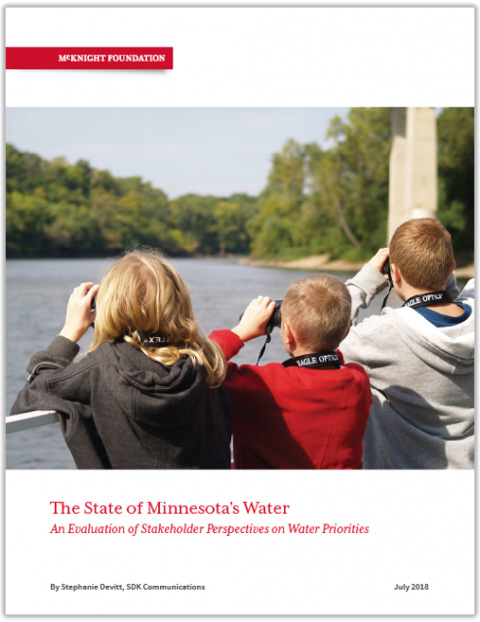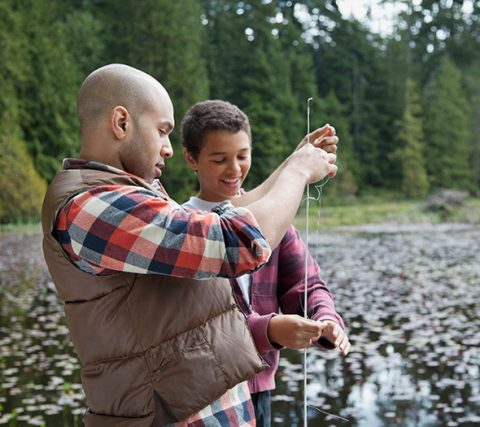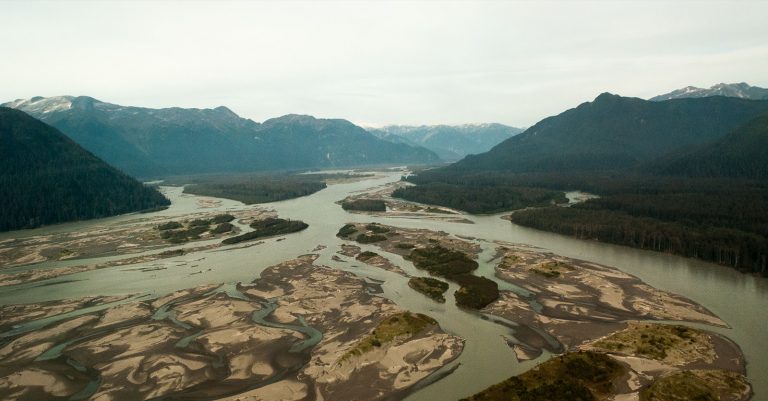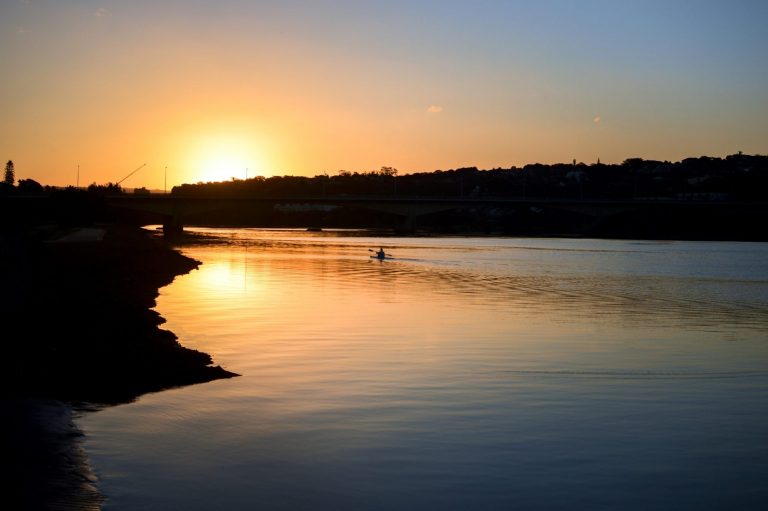 Minnesota is at an inflection point: We know communities thrive when they have clean drinking water and swimmable, fishable lakes and rivers, but agricultural production, a bedrock part of Minnesota’s economy, continues to contaminate water with high levels of nitrogen, phosphorus, and sediment. Cities and small towns across the state are grappling with a combination of aging infrastructure and a growing need to purify water as it declines in quality. The policies we have on the books are not enough to create the changes needed to improve and protect water quality. So how can we approach these urgent water quality issues differently?
Minnesota is at an inflection point: We know communities thrive when they have clean drinking water and swimmable, fishable lakes and rivers, but agricultural production, a bedrock part of Minnesota’s economy, continues to contaminate water with high levels of nitrogen, phosphorus, and sediment. Cities and small towns across the state are grappling with a combination of aging infrastructure and a growing need to purify water as it declines in quality. The policies we have on the books are not enough to create the changes needed to improve and protect water quality. So how can we approach these urgent water quality issues differently?
“…these interviews identified a need to engage a much wider set of stakeholders from sectors that have not traditionally been part of the conversation…”—JULIA OLMSTEAD, MISSISSIPPI RIVER PROGRAM OFFICER
To answer that question, the Mississippi River program engaged SDK Communications to listen deeply to the views of water stakeholders across Minnesota. The goal of this research is to gain insight into how Minnesotans from different regions and sectors think about and prioritize water. Today we release a report synthesizing those interviews—a snapshot of perspectives at a unique point in time intended to help McKnight, our grantees, and our partners consider what can be done to protect and improve Minnesota’s water quality.
 The interviews provided several insights. For one, while almost everyone believes water quality is important, few rate it as a top priority. We also observed how those who work in the sectors most impacted by water quality are among the most knowledgeable and opinionated in the state—but those stakeholders have fragmented data sources, and they lack a shared understanding of the problems and possible solutions. Perhaps most important, these interviews identified a need to engage a much wider set of stakeholders from sectors that have not traditionally been part of the conversation, including public health and healthcare, non-agricultural industry, and urban and rural residents lacking access to clean drinking water.
The interviews provided several insights. For one, while almost everyone believes water quality is important, few rate it as a top priority. We also observed how those who work in the sectors most impacted by water quality are among the most knowledgeable and opinionated in the state—but those stakeholders have fragmented data sources, and they lack a shared understanding of the problems and possible solutions. Perhaps most important, these interviews identified a need to engage a much wider set of stakeholders from sectors that have not traditionally been part of the conversation, including public health and healthcare, non-agricultural industry, and urban and rural residents lacking access to clean drinking water.
The path to better water quality in Minnesota will depend on big decisions around multimillion-dollar infrastructure as well as the millions of little choices individuals make every day. Our hope is that this research and the work it informs will help seed a new Minnesota conversation about how to improve the quality of the Mississippi River and all other Minnesota waters for current and future generations.


